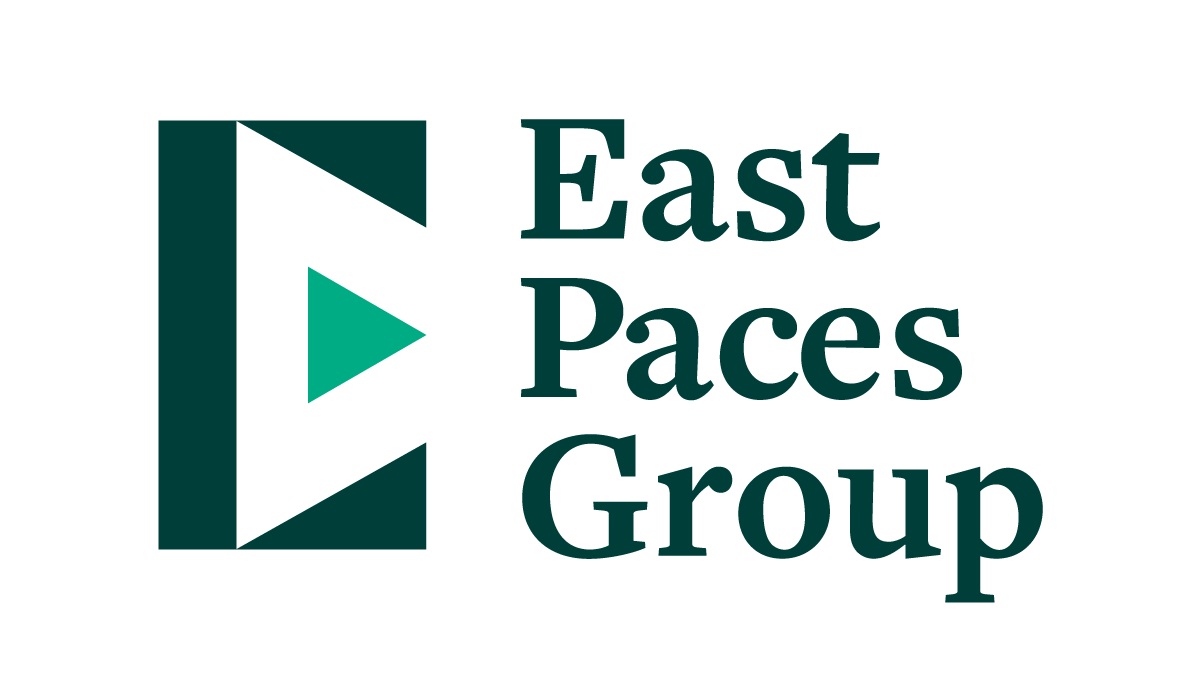Four Ways to Scale Your Advisory Practice
Meeting the needs of an expanding client base calls for greater scale so service and prospecting don't suffer.
By Alex Reffett
Most advisors would probably agree that the no. 1 opportunity for organic growth in our industry is by being referable. Giving clients an exceptional experience such that they feel inclined to share with others is the best way to achieve this, since the level of service your staff provides can often be more of a driving factor in referrals than simply performance.
Achieving growth at scale empowers owners and their advisors with more time to do what is most critical to the success of the business — such as building and strengthening client relationships, managing investments, and developing new skillsets. With the team and resources utilized appropriately, current clients’ service levels should remain unchanged (or ideally improved), while also opening up the capacity to serve a larger, more complex client base.
For advisory firms that have successfully grown their client base to a point where they need to scale accordingly, below are four key areas for consideration.
Staffing
One of the biggest hinderances to growth involves advisory practices understaffing their offices. When it comes to staffing, decisions need to be made from both a qualitative and quantitative perspective. Not only is having the appropriate number of employees crucial to scaling a business (in my opinion, the most successful firms have a 2:1 ratio of support staff to advisor), but they also need to be top-tier in their ability to maintain internal workflows and thoughtfully service clients.
Of course, if you want to hire the best, you have to be competitive in your employment perks — both monetary and cultural — since expectations have shifted so dramatically over the past few years. In addition to competitive compensation, consider some of these incentives to help attract talent:
Sign-on and year-end bonuses.
Annual raises.
Employee and client referral programs.
Tuition and training reimbursement.
Work/life balance.
Remote work.
Flexible schedules.
Paid and sick time off.
Parental leave.
Yes, bringing on more people and offering these types of benefits will cut into your bottom line initially, but it’s necessary to invest in good people up front in order to continue to grow the business over the long term.
Technology
Advisors tend to drastically underestimate the long-term effects that smart technology-enabled workflows can have on scalability. Communications systems like landlines, cell phones, email services, intranets and customer-facing tech are all vital to daily operations, but additional innovations should be considered when attempting to scale more quickly.
Below are three key areas for tech implementation:
CRM systems
Customer relationship management (CRM) systems provide a centralized database to maintain current and prospective client data, track interactions, and help manage relationships with personal information like birthdays, anniversaries, family and hobbies. Some CRMs are built specifically for the financial industry to help streamline tasks like tracking required minimum distributions (RMDs), opening new accounts, and more. Having a single platform that keeps track of all client interactions and requests has huge organizational advantages….
